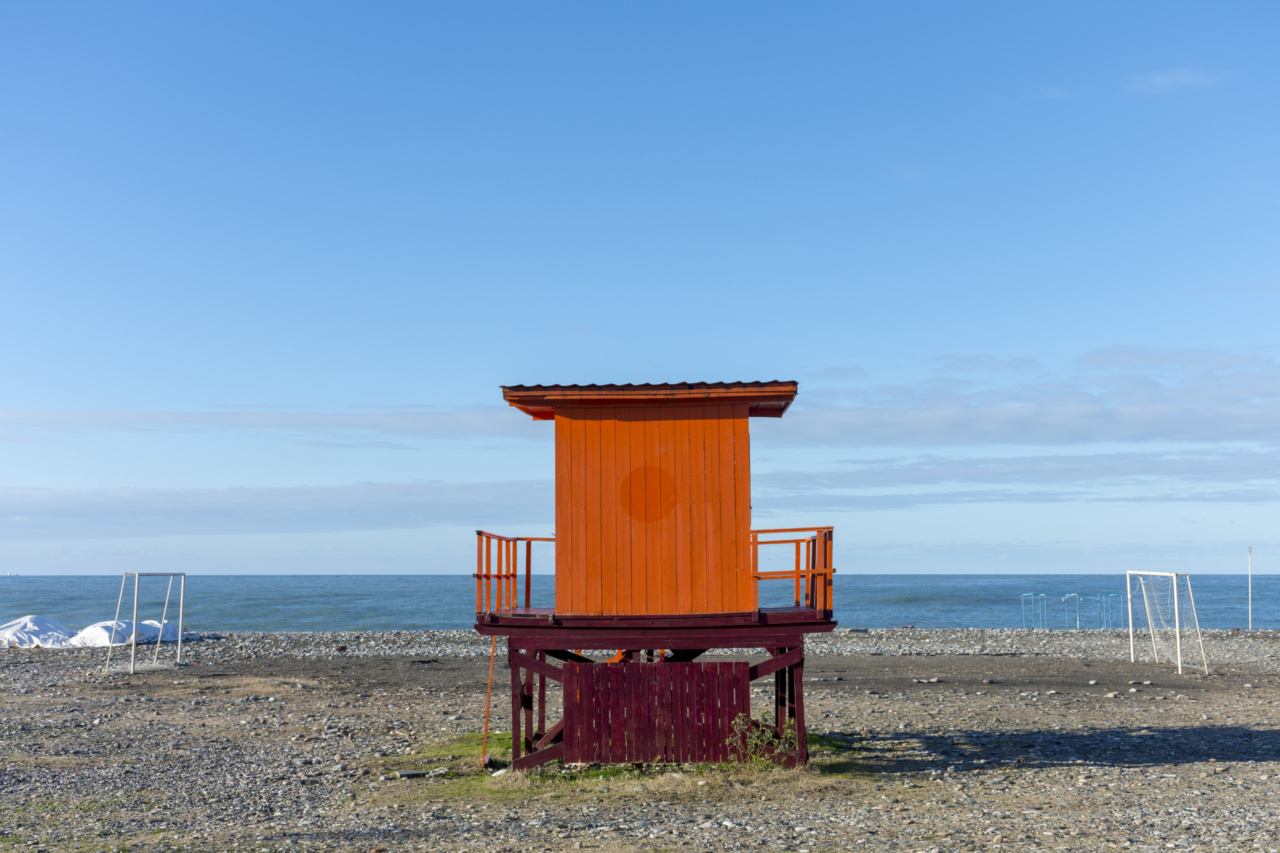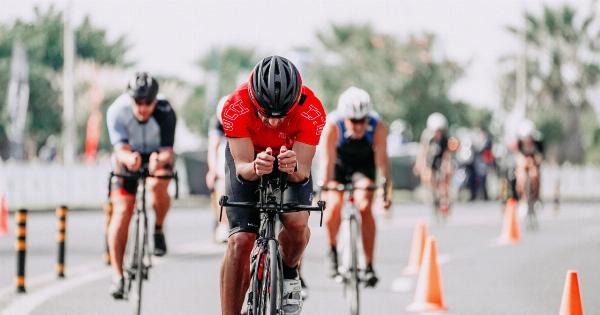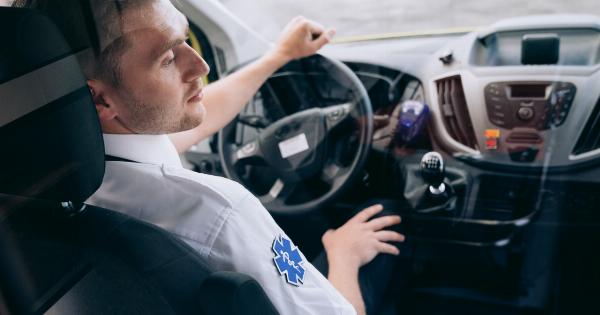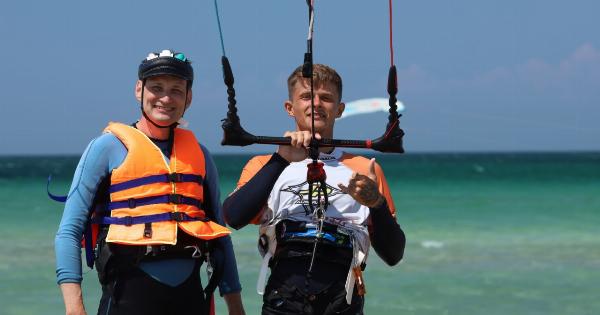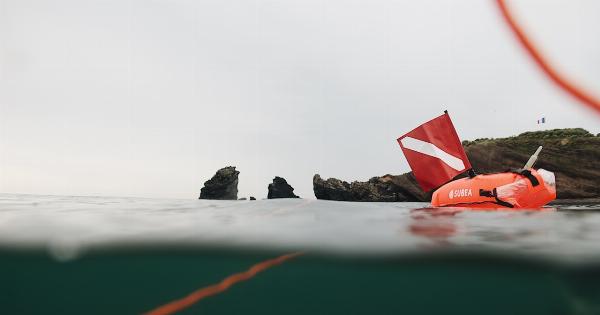Summer brings us the excitement to plunge into the water activities. Whether it’s swimming in the lake, tubing behind a boat, or water skiing, there’s always a way to beat the heat with water sports.
However, we need to be cautious of the dangers that come with water activities, especially if we’re not prepared with the right safety equipment and knowledge. To help you stay safe during summer water activities, we’ve compiled a list of questions to ask ELS, so you can prepare for your next water adventure with peace of mind.
What is ELS?
ELS stands for Emergency Life Support, and it refers to the various types of rescue equipment, techniques, and training that people can utilize in emergency situations.
ELS equipment and procedures are designed to help reduce the risk of injury or death in the event of a water emergency.
What Life-Saving Equipment Should I Bring?
The following is a list of equipment that you should consider taking with you when you plan to participate in water activities:.
- Life jackets/Personal Flotation Devices (PFDs)
- Ropes and buoys
- Rescue tubes
- Emergency lights
- First aid kit
- Emergency whistle or horn
What is a Personal Flotation Device (PFD)?
A Personal Flotation Device (PFD), also known as a life preserver, is a device that can be worn that will keep the wearer afloat in the water.
It can help people swim better and for longer periods, and in the event of an emergency, it can help prevent drowning by keeping the person’s head above water.
When Should I Wear a Personal Flotation Device?
It’s essential to wear a Personal Flotation Device whenever you plan to participate in water activities, particularly when you are boating, fishing, or playing on a jet ski or other watercraft.
Remember that a PFD costs less than your life, and it provides the best protection against drowning.
How Do I Know If My Personal Flotation Device Fits Correctly?
The most important thing to keep in mind while choosing PFD is that it fits properly. Therefore, it’s crucial to try them on before purchasing or wearing them and asking yourself the following question:.
- Does the PFD fit snugly around my body, without buckles or straps digging into my skin?
- Does the PFD fit tightly enough to stay in place during water activities and not ride up or shift too much?
- Is there enough room to move my arms freely and without discomfort?
- Is it comfortable to wear for an extended period?
What Happens if I Fall Overboard?
If you fall overboard, try to stay calm and remember to follow these steps:.
- Keep calm and avoid panicking.
- Put on your Personal Flotation Device, if you’re not already wearing one.
- Look for the rescue equipment nearby, such as buoys or ropes, and use them to stay afloat.
- Try to get in touch with someone on board or shore by yelling or using an emergency whistle or horn.
What Are the Most Common Water Hazards I Should Be Aware Of?
Maintaining awareness of common water hazards that might lead to an emergency is critical. These hazards include:.
- Rip currents
- Underwater hazards
- Boating accidents
- Collisions or crashes with other boats or objects
- Unstable weather conditions
What Should I Do If I Witness an Emergency While in the Water?
If you witness an emergency and you are in the water, please follow these steps:.
- All of the people in the water should be wearing a Personal Flotation Device to keep them afloat.
- If you are on a boat, beach or another location, yell and flag down a nearby rescue team to help. Call emergency services if necessary.
- If you know CPR or can provide first aid, offer assistance, if it is safe to do so, until professional help arrives.
What Should I Do If I’m Involved in a Boating Accident?
If you’re involved in a boating accident, you should follow these guidelines:.
- Assess everyone’s injuries and call for help immediately.
- If someone is missing, conduct a thorough search both in the water and on land.
- Contact the local authorities and provide them with appropriate information, including the location of the accident and the number of injured individuals.
- Document the accident and injuries, take photos if possible, and exchange contact information with the other individuals involved in the accident.
: Conclusion
By following these guidelines, you can stay safe and enjoy summer water activities without putting yourself or others in harm’s way.
Remember to wear a Personal Flotation Device, maintain awareness of water hazards, and always be prepared with rescue equipment in the event of an emergency. So, let’s go on and enjoy the skies with a peace of mind.
